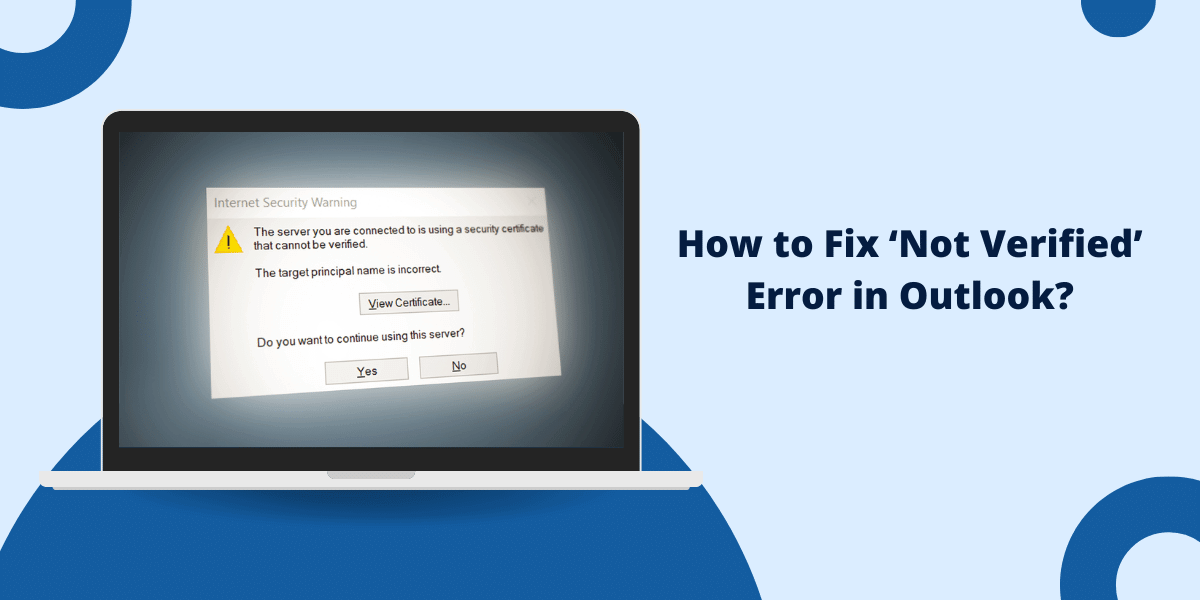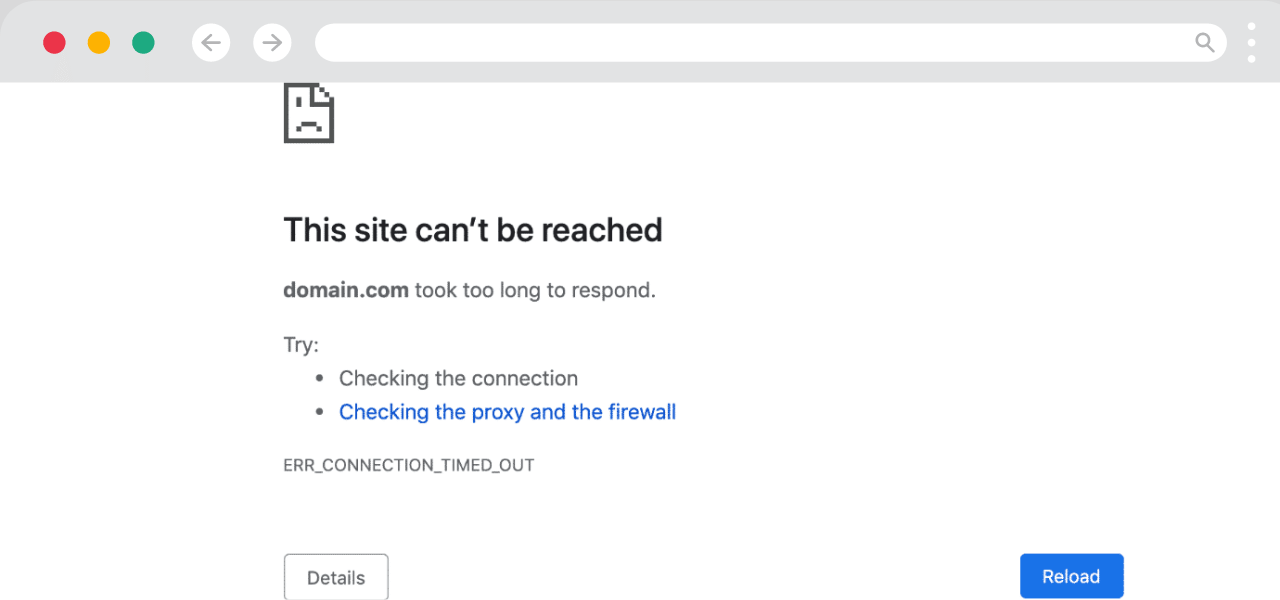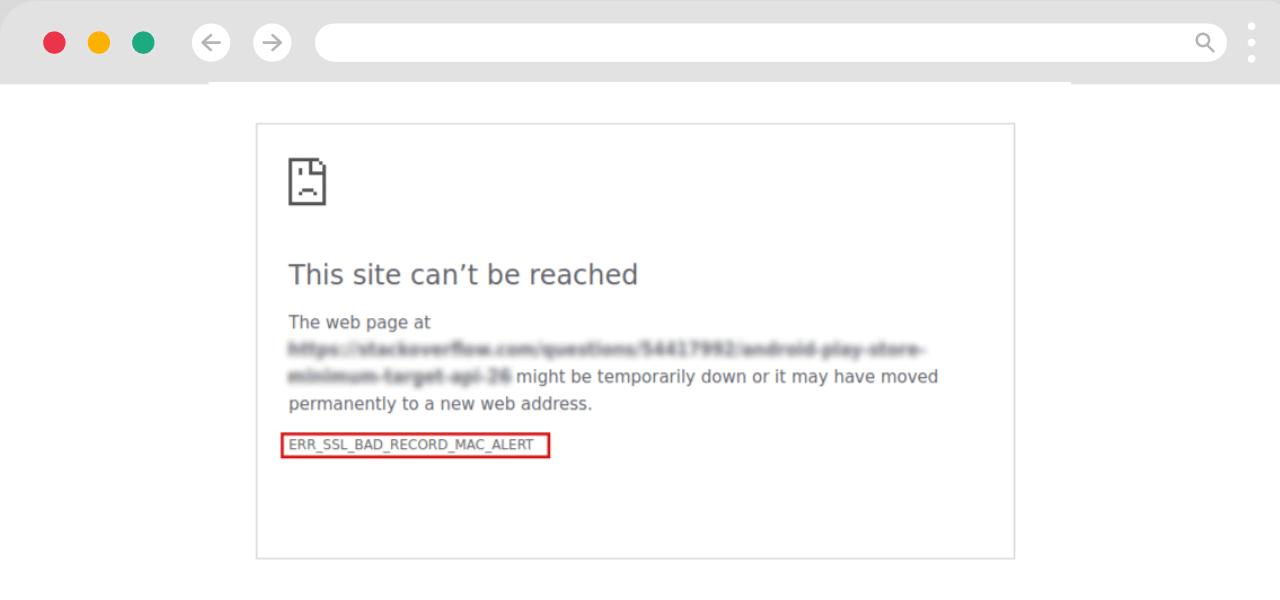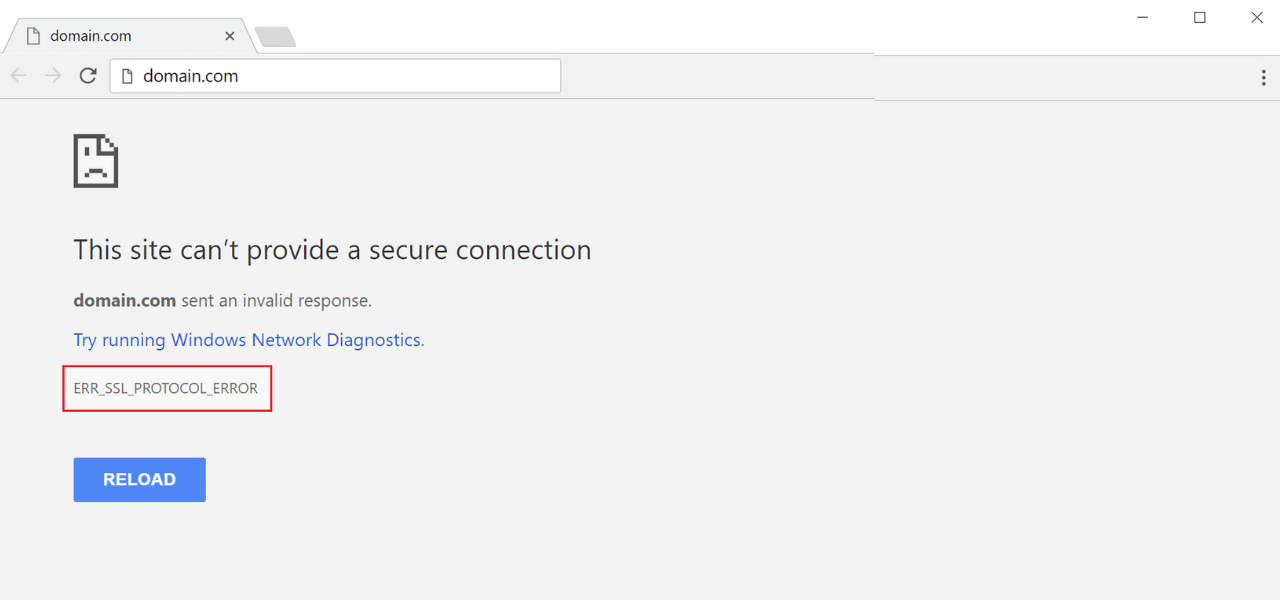Steps to Fix Outlook ‘Not Verified’ Error
Seeing the ‘not verified’ or ‘certificate not secure’ error when trying to access your Outlook email can be frustrating. If you encounter the “Fix ‘Not Verified’ Error in Outlook that indicates the connection between your device and the Outlook server is not private, which can put your data at risk. The good news is that this issue can often be resolved by updating your Outlook account settings, adjusting your internet security software, or requesting a new security certificate from your email provider.
In this comprehensive guide, we will explain what causes the ‘not verified’ and ‘certificate not secure’ errors in Outlook, walk through troubleshooting steps to fix the issue on desktop and mobile, and provide tips to prevent it from happening again. Whether you use Outlook through Office 365, Exchange, or another platform, you’ll find the information needed to get your email back up and running securely.
Key Takeaways
- The ‘not verified’ and ‘certificate not secure’ errors mean the connection between your device and Outlook server is not private.
- Outdated account settings, security software conflicts, and expired certificates can trigger these errors.
- Updating Outlook account settings, adjusting antivirus software, getting a new certificate, or changing privacy settings can often resolve the issue.
- Troubleshooting steps may vary slightly depending on if you use Outlook on desktop or mobile.
- Taking preventative measures like keeping software updated can stop the errors from occurring.
What Causes the ‘Not Verified’ and ‘Certificate Not Secure’ Errors in Outlook?
When you attempt to access your Outlook inbox, your device must make a secure HTTPS connection with the Microsoft or employer email server. This connection is validated using a digital security certificate that gets issued by a trusted certificate authority.
If this certificate expires, becomes invalid, or cannot be verified properly by your device, Outlook will block access to your email and display ‘not verified’ or ‘certificate not secure’ error messages.
Some Common Causes behind these Error
- Outdated Account Settings – If you’ve recently changed email providers or account settings, the old server information may still be cached on your device, causing certificate issues connecting to the new server.
- Security Software Conflicts – Some antivirus, firewall, VPN, or network filtering software can interfere with certificate validation, throwing errors even when the certificate is valid.
- Expired/Invalid Certificate – The digital certificate used by the Outlook server may have expired or become invalid, preventing your device from verifying the identity of the server.
- Time/Date Mismatches – If your device’s clock is set inaccurately, it can cause certificate validation issues as certificates have set valid time windows.
- Proxy/Cache Server Issues – Connecting through misconfigured proxy or cache servers can disrupt the certificate chain and lead to ‘not verified’ errors.
- Network Interruptions – Temporary internet drops or changes in network connection can interrupt the certificate verification process and create issues.
- Email Provider Policy Changes – Some email providers may update security policies in a way that makes existing account certificates invalid until updated.
- Malware/Viruses – Malicious software that infects your device could potentially disrupt Outlook processes related to certificate validation.
How to Fix the ‘Not Verified’ Error on Outlook Desktop App
If you use Outlook on your Windows or Mac desktop, here are troubleshooting steps to resolve the ‘not verified’ and ‘certificate not secure’ errors:
Update Outlook Account Settings
Often, the issue stems from having outdated or incorrect account settings in Outlook that no longer match your email provider information.
- Open Outlook and go to File > Account Settings > Account Settings.
- Select your Outlook account and click Change.
- Update the Outgoing & Incoming server details if needed. Make sure the port numbers match what your email provider uses.
- Click More Settings> Advanced and make sure SSL encryption is enabled.
- Click Ok> Next > Finish and try accessing email again.
Adjust Security Software Settings
Overzealous antivirus or firewall software can sometimes block Outlook from validating certificates correctly.
Try adjusting these settings:
- Whitelist Outlook in your antivirus, firewall, VPN, and network software.
- Toggle off web/email scanning features that may be intercepting Outlook traffic.
- Allow connections to ports 993 and 995 which are used for secure email.
- Add the Outlook processes outlook.exe and msmapi32.exe to the allowed programs list.
Update Outlook Certificates
- Go to File > Account Settings > Select Account > Change > More Settings > Advanced tab.
- Click Clear Secure Socket Layer (SSL) State to reset Outlook certificate validation.
- Click Ok to save, close Outlook, and restart your computer.
- When Outlook reopens, it will redownload updated certificate information from the email server.
Change Privacy Settings
Adjusting Outlook’s private/public network connection settings may resolve certificate errors:
- Go to File > Options > Trust Center > Trust Center Settings.
- Click Connection and enable both options: Connect to services anonymously and Connect only to proxy servers.
- Click Ok to save changes and restart Outlook.
Contact Email Provider for New Certificate
If the above steps don’t work, you’ll need to contact your IT team or email provider (e.g. Microsoft or GSuite support) to request a fresh security certificate for your Outlook account. Installing the updated certificate file they provide should fix validation issues.
How to Fix ‘Not Verified’ Error on Outlook Mobile App
If using Outlook on your iPhone, Android, or other mobile devices, try these troubleshooting tips:
Update Account Settings
As with desktop, having incorrect Outlook account details saved on your mobile device can prevent proper certificate validation.
- Open your device Settings and go to account settings for your Outlook/email account.
- Make sure the incoming/outgoing server names, encryption type, and port numbers match what your provider uses.
- Tap Save to update the details and retry Outlook.
Check Date & Time Settings
- Go to your device Settings> General > Date & Time.
- Make sure Set Automatically is enabled so the correct time is displayed.
- Verify the time zone is also set properly for your region.
Reset Outlook App
- Force quit the Outlook mobile app if it’s running in the background.
- Go to your device Settings> Apps > Outlook.
- Tap the Reset App option to clear cached data and certificates.
- Restart Outlook and let it re-download account information and certificates.
Contact Mobile Device Management
If your work email is managed through mobile device management (MDM) tools, contact your IT team to check for MDM policy changes related to authentication certificates that may be causing the issue. They can deploy updated certificate profiles remotely through the MDM solution.
Uninstall Updates/Reinstall Outlook
As a last resort, uninstall recent Outlook app updates on your mobile device to rule out any bugs introduced by patches. You can also try fully removing and reinstalling the Outlook app if needed to start fresh.
How to Prevent ‘Not Verified’ Errors in Outlook
Here are some tips to stop these annoying ‘not verified’ and ‘certificate not secure’ errors from plaguing your Outlook email access in the future:
- Keep Outlook updated to the latest version on all devices to ensure compatibility with updated certificates.
- Periodically check your Outlook account settings are correct under Advanced > Connection > TLS/SSL for desktop or Account Settings for mobile apps.
- Maintain an accurate date, time, and time zone on your devices to prevent certificate validation issues.
- Limit use of VPNs, proxies, firewalls, and network gateways that Outlook connects through as they can disrupt certificates.
- Only install trusted security software and disable intrusive web/email scanning features that may interfere with Outlook.
- If using antivirus, whitelist the Outlook processes outlook.exe and msmapi32.exe.
- Renew and update security certificates before they have a chance to expire.
- Contact your email provider promptly if you see a pattern of recurring certificate problems so they can investigate and resolve them on their end.
- Backup your Outlook data regularly in case you ever need to reinstall the app or reset account settings.
Following these best practices will help ensure your Outlook certificate stays verified and your email access remains secure.
Conclusion
Seeing ‘Not Verified’ or ‘Certificate Not Secure’ errors when trying to access your Outlook email can certainly be annoying. However, with the right troubleshooting approach and preventative measures, these issues can often be resolved or avoided altogether. The key is properly configuring your Outlook account settings, managing your security software, maintaining accurate device time settings, and requesting updated certificates when needed.
While the specific steps may vary between Outlook on desktop versus mobile, the general guidelines provided in this guide should help diagnose the root cause and get your Outlook email connecting securely again. Proactively keeping Outlook updated and certificates renewed will also minimize your risk of running into ‘Not Verified’ errors going forward.
Frequently Asked Questions (FAQ) Related to Outlook ‘Not Verified’ Error
Why do I keep getting the ‘not verified’ error in Outlook even after updating account settings?
If the ‘not verified’ error continues even after double checking Outlook account settings, try resetting the Outlook certificate store or reinstalling the app. This will force Outlook to download a fresh certificate from the email server which may resolve the issue.
How can I tell if my Outlook certificate is expired?
On Outlook desktop go to Account Settings > Connection > Encrypted Connection to see your certificate name and expiration date. On mobile, contact your email administrator to lookup the expiration status of the certificate deployed through mobile device management.
What risks are there from using Outlook with a not verified certificate?
Using Outlook with a non-verified connection that shows certificate errors puts your data at security risk since the traffic is not encrypted. Emails and credentials could be intercepted by hackers spying on the network.
Does using a VPN cause Outlook certificate problems?
Yes, connecting to Outlook through VPNs can disrupt certificate validation and cause ‘not verified’ errors. Try disabling the VPN and connecting directly to allow Outlook to re-establish a verified connection.
How can I renew an expired Outlook certificate?
Obtain a renewed .pfx certificate file from your email admin/provider, then import it in Outlook for desktop under Account Settings > Security. For mobile, admins deploy new certificates remotely through mobile device management.
Does having an inaccurate time/date setting cause ‘not verified’ errors?
Yes, incorrect time and date settings can make valid certificates appear expired to Outlook. Ensure your time zone is set properly and that ‘Set date and time automatically’ is enabled under Date & Time Settings.
How can I backup my Outlook certificates?
You can backup Outlook certificates from the Certificate Manager on Windows, Keychain Access on Mac, or by backing up your whole mobile device, as certificates are linked to account profiles.

Priya Mervana
 Verified Web Security Experts
Verified Web Security Experts
Priya Mervana is working at SSLInsights.com as a web security expert with over 10 years of experience writing about encryption, SSL certificates, and online privacy. She aims to make complex security topics easily understandable for everyday internet users.



